The post How to Use a 16-Stop ND Filter for Extreme Long Exposure Photography appeared first on Digital Photography School. It was authored by John McIntire.

Long exposure techniques are a fantastic way to inject interest into your photography. By nature, these techniques present your images in a way that is different to how the world is perceived by the human eye. Blurring moving elements within your frame (whether that be water, people or clouds) can also be a tool to help you isolate and focus on the elements of a scene that you want your viewers to focus on. This makes long exposures a valuable asset for composition and design. While most long exposures last for a matter of a few seconds, there are tools available that will allow you to do extreme long exposure photography – even in the middle of the day.

This tutorial will show you how to use a 16-stop neutral density filter to do extreme long exposure photography. It will take you step-by-step through the equipment you need, the steps you need to take to get started, and the considerations you need to make to overcome some technical issues. There is also a list of tips at the end to help you get the most out of your 16-stop ND filter.
Why 16 stops?

Using the long exposures provided by a 16-stop ND filter, you are able to blur moving elements (such as clouds and water) to simplify your frame and reduce visual clutter.
Long exposures, even with strong 10-stop neutral density filters, are usually limited to low light situations. For the most part, this is fine as that means you will be out at golden hour or blue hour when the light is at its very best for most types of photography.
What a 16-stop ND filter allows you to do is to extreme long exposure photography in the middle of the day when the light levels are at their highest. For example, a shutter speed of 1/125th of a second (sunny 16 rule) turns into an 8-minute and 44-second exposure when you put 16-stops of neutral density filter on the lens. This kind of exposure time turns the water and clouds into an almost ethereal, milky texture that works well visually. By blurring these elements, you are also potentially reducing visual clutter and contrast in your scenes, making them more visually appealing.
What you need

Apart from the filter, this technique is going to require a few other pieces of equipment as well.
- A camera with a Bulb setting.
- A sturdy tripod that will hold still for several minutes or more.
- A release that will allow you to trigger the camera without touching it.
- An exposure calculator.
- A 16-stop ND filter. (This tutorial will work the same with any strength of ND filter.)
How to do it
Once you’re out on location, setting up for a long exposure is pretty easy. In fact, these steps remain the same whether you are using a three-stop filter or a 16-stop filter.
Step 1: Set up your camera and line up your composition.
Make sure to attach all of your releases or filter holders at this point as well. Anything you can use to reduce the chance of camera movement between now and the time your exposure finishes will help to ensure there is no camera movement affecting your images. Take your time with this step and if you need to, take as many test shots as possible. Once you put the filter on, you will be stuck in place for several minutes.
Be sure of your composition before you get to that point.
Step 2: Meter and calculate exposure

Here, a metered shutter speed (without the filter) of 1/160th of a second becomes 6 minutes and 49 seconds once the 16-stop ND filter is applied.
If you’ve taken test shots, you already know what your exposure is (without the filter). If not, read the camera’s meter. Take the exposure it has given you and input it into the exposure calculator of your choice to calculate the exposure required for 16-stops of ND filter. This will give you your required exposure for your final image.
There are a lot of exposure calculators available on iOS and Android. They all provide the same end result, so pick whichever one you would like.
Step 3: Set focus
Set the focus where you want in the frame and then place the camera in Manual Focus mode. Autofocus will not work at all with a 16-stop filter. It is way too dense. Putting your camera into manual focus will make sure that the camera does not attempt to focus when it can’t, thereby rendering your photos out of focus.
Step 4: Switch to Bulb
Put your camera into Bulb mode to allow it to keep the shutter open for as long as your exposure requires.
Step 5: Attach the filter

With everything in place, you can now attach your filter. If you’re using a rectangular slot-in variety, attach the holder to the ring you’ve already placed on your lens. If you’re using a screw-in variety (shown), be very careful not to jostle your set-up because, if you do, you will have to start the process again.
Step 6 – Input shutter speed

My trigger is controlled by my phone, so the shutter speed is inputted into the app as shown.
With the filter set up, you just need to input your shutter speed into whatever trigger you are using. In these examples, I am using a Pulse trigger which allows me to control it from my phone. There are a lot of available options at a variety of price points. Be sure to choose one that doesn’t require you to hold down a button for ten minutes though.
Step 7 – Release the shutter
With that done, the only thing left for you to do is to start your exposure and wait.
Easy as that

This process may seem like a lot of steps, but it is quite easy. As long as you take care not to move the camera throughout the process, you will be fine. You will be able to set it up in a minute or so once you have practiced a bit. The key here is to know your equipment and to practice the movements so you can perform them as second nature.
Considerations
Now that you know how to create long exposures with your 16-stop ND filter, there are a few technical considerations you should bear in mind.
Noise

Noise is a problem when taking long exposures and is especially prone to showing up in the shadow areas of your images. Be prepared to take care of it.
Unfortunately, long exposures with digital cameras mean noise. The longer the exposure, the more noise appears in your images. If you use a higher ISO to achieve shorter exposures, that will also increase the noise levels in your images.
To alleviate this as much as possible, try to avoid really, really long exposures if they are not necessary. If your camera has a Long Exposure Noise Reduction (or similar) feature, turn it on (remember that this will double your exposure time). It will also help if you to familiarize yourself with noise reduction software, either inside Photoshop or Lightroom, or other third-party program.
Hot pixels

The two circled white dots are hot pixels. They’re easy enough to clone out just as long as you are aware of them in the first place.
Hot Pixels are an unfortunate side effect of long exposures using digital cameras. While there is no way to truly avoid them, you need to be aware of their existence as they have the potential to ruin your efforts. These defects happen when your sensor gets hot during a long exposure (a simplified explanation, but it will serve).
To deal with them, you can heal, patch, or clone them out in Photoshop. Alternatively, you could use the Long Exposure Noise Reduction (or similar feature as appears in your camera system), but be aware this doubles your exposure time. If your exposure is close to nine minutes, that now means that all of your exposures will take about 18 minutes.
Light leaks

While light leaks of this nature can be easy to take care of, there are a few steps you can take to make sure that they don’t appear in the first place.
With such long exposures, light leaks can be a common problem. These happen where excess light falls onto your sensor. This can happen where the filter attaches to the lens, or it can happen where the lens attaches to the camera. It can also happen through the viewfinder.
If you’re worried about light leaks, you can buy dedicated accessories that help to prevent them. If the leak is coming from the lens mount, you can also wrap material around it for a cheaper option. Some camera brands have a little rubber rectangle attached to the camera strap. This handy little feature is used to cover your viewfinder during long exposures. Simply slide off the exterior case over your viewfinder, and slide the rubber rectangle from your camera strap in its place. This will stop the light leaking in through the viewfinder.
Another option is to shoot a wider composition than you need and crop the light leaks out. This wouldn’t be my preferred method, but it will work in a pinch when you have no other choice.
Changing light

This image is underexposed by several stops. Although it was taken at the exposure the meter dictated, the light dimmed significantly during the exposure, meaning the original exposure time was inadequate.
In the middle of the day, your exposure will be close to a near-constant. Later in the day, however, light levels can start to change rapidly.
If you meter for a long exposure of a hypothetical half hour in the late afternoon, it is entirely possible the light will lower in intensity during that time. Therefore, the actual time required for correct exposure will be much much longer. This will result in underexposed images.
You can compensate by preparing for that possibility beforehand. Choose a longer shutter speed than your meter dictates if you suspect that the light will change on you. This will be mostly guesswork based on plenty of experience though, so be sure to be out practicing as much as possible.
Filter size

For the most versatility, consider opting for a filter system that will fit the complete range of your lenses so you have the choice to use it at all of your available focal lengths.

Alternatively, feel free to shoot wide and crop in. Not ideal, but this works just fine. Cropping is also a useful way to get rid of light leaks that appear at the edges of your images like in the example shown.
If you opt for the screw-in variety of filters, you may find yourself limited with the lenses you can use. In my case, I bought a filter that would fit my 16-35mm wide-angle zoom, and almost immediately found that I wanted to put it on my 70-200mm to crop in close on a particular building.
I was convinced that I wouldn’t want to use it on anything but the wide-angle lens. You can always buy stop-down rings, but if you think that you’ll use your filter on a variety of lenses, a filter that fits a slot-in system may be the better choice for you.
Releases, triggers, and remotes

As mentioned, there are a lot of options to fire your shutter without touching your camera. It doesn’t matter which you pick. However, it would be best to altogether avoid any releases that require you to hold down a button for the entire duration of the exposure. For thirty seconds, this may not be a problem, but in terms of ten-minute exposures, you are just increasing the chance that you might slip and ruin your frame.
Tips
Here are a handful of tips to help you get the most out of the technique.
ISO

If you want shorter exposure times without using a different filter, you can increase your ISO. Here, changing the ISO from 100 to 400 (2 stops) has cut the exposure time by over 75%.
If you don’t want to wait around for, say, ten minutes for an exposure, you can halve it by upping your ISO one stop. This may introduce some more noise to your images, but as long as you don’t try to go past ISO 800, and your exposures are under or around 10 minutes, you should be fine as long as you are aware of the possibility.
Lighting

In overcast conditions, the effect of the 16-stop filter can emphasize the flatness of the lighting. This may or not work with what you are trying to achieve.

Conversely, the technique also helps to emphasize hard lighting and the contrast in such scenes. Use this to your advantage.
This is no rule, but I’ve found that this technique works well with subjects in direct light as the heavy contrast suits the technique. In overcast conditions, the flatness of the light is emphasized, and the results can feel a little less than inspiring. Again, this is not a rule and if you have no choice but to shoot in overcast conditions, do so anyway.
Moving things

On a rare and anomalous sunny day in Manchester, this river was full of numerous boats that constantly went through my frames. The near ten-minute exposures have caused all evidence of them to disappear.
The longer your final exposure, the less any moving thing will show up in your frame. Is there a lot of river traffic in your scene? A bunch of tourists? Chances are those things will have left your frame by the time your exposure is finished. If you’re at a particularly crowded spot, see if you can make your exposure as long as possible to increase the chances that every unwanted element is removed from your frame.
Be sure of your composition
This technique is a very slow and deliberate form of photography. If you get something slightly wrong, it will cost you a fair amount of time to try again. To prevent having to do that, take your time with every single step in the set-up process and make sure that it is right. Composition, in particular, is vital for you to get right before you press the shutter release.
Embrace the time
Whilst your camera is recording your exposure, you will have a lot of time standing around. Take advantage of it. Take the opportunity to appreciate the scene around you without the viewfinder to your eye. Mindfully think about any other compositions in the area. It’s easy to start worrying about the remaining time on the exposure clock, but I encourage you not to. Instead, take a quiet few minutes for granted when you have nothing to do but stand next to your camera.
Be aware of your surroundings

I was aware of the tide coming in here (I was counting on it) but did not expect it come this far in less than ten minutes.
Because you are going to be standing around for at least a good few minutes, it’s important that you pay extra care to your surroundings during your exposure. During normal-length exposures, you won’t usually have a problem with things like the tide coming in and submerging your tripod during the exposure. With exposures that last into the minutes or hours, that’s more than a possibility.
Simply put, pay attention to your environment and keep yourself and your equipment safe.
End results
Finally, here are a few examples of some of the results you can expect to achieve with a 16-stop ND filter.





That’s it
If you already have experience with long exposures, the only thing new to you with this technique is the amount of time the shutter will be open. The skills may be basic, but the extra few stops of ND filter can lead to wonderful results.
I encourage anyone interested in long exposures to give the technique a try. If nothing else, experiencing the mindful, deliberate, and slow approach to photography that this technique commands are well worth the effort. Also, it is a nice departure from the faster-paced styles of photography.
Share your extreme long exposure photography with us in the comments below!
The post How to Use a 16-Stop ND Filter for Extreme Long Exposure Photography appeared first on Digital Photography School. It was authored by John McIntire.

Digital Photography School


























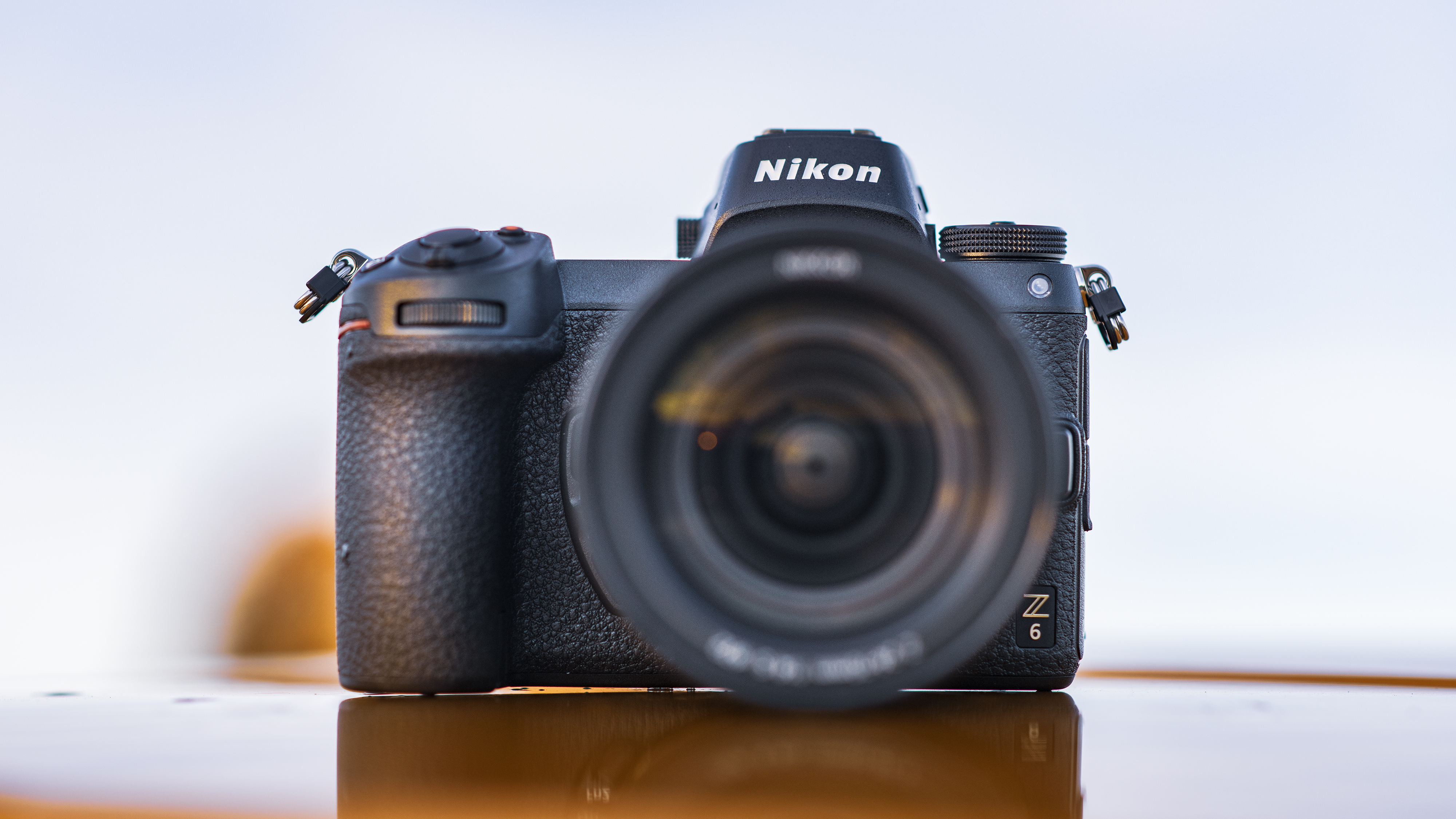
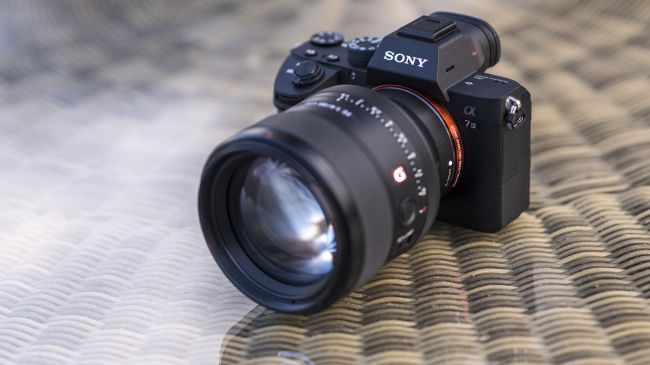
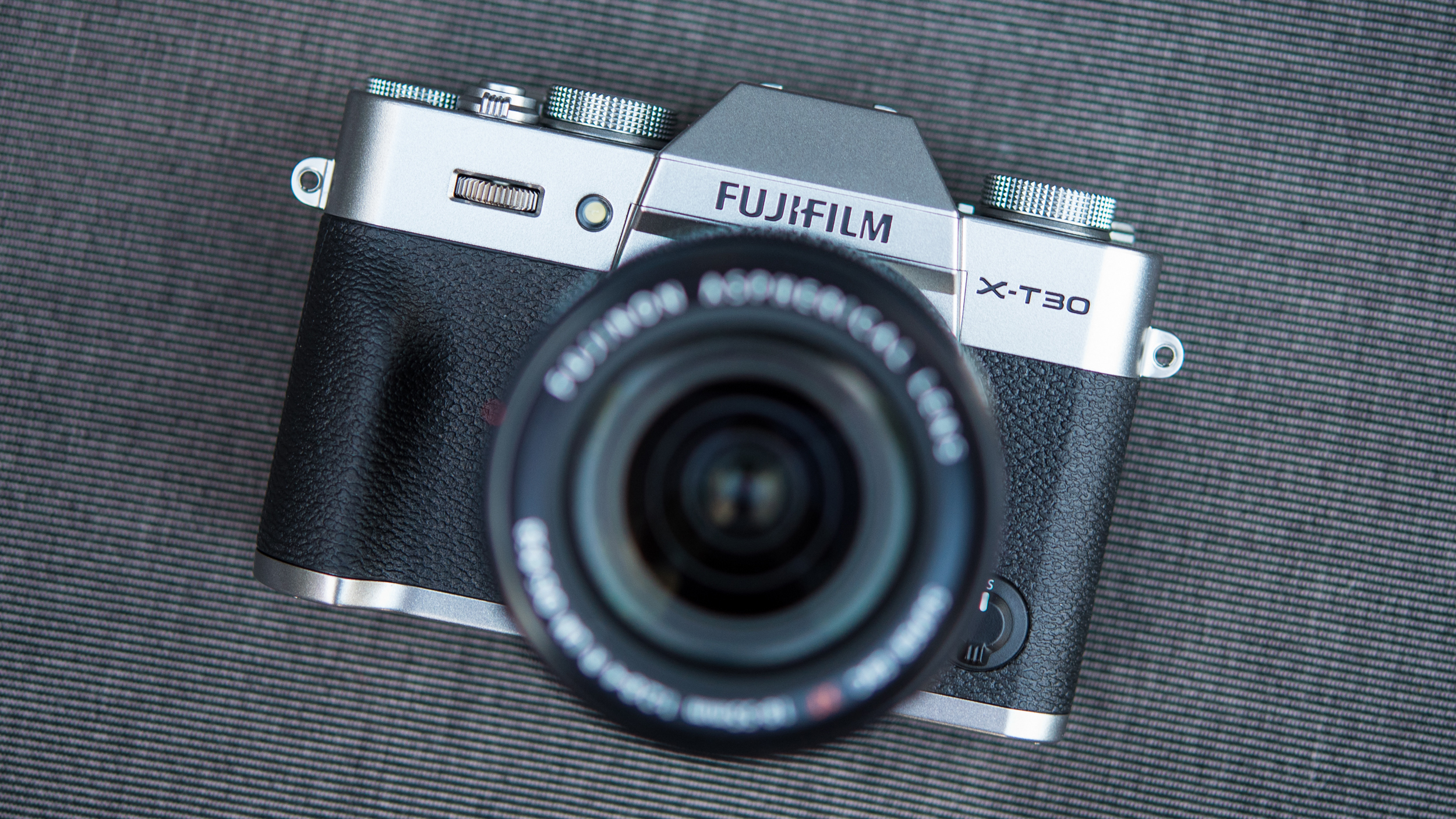

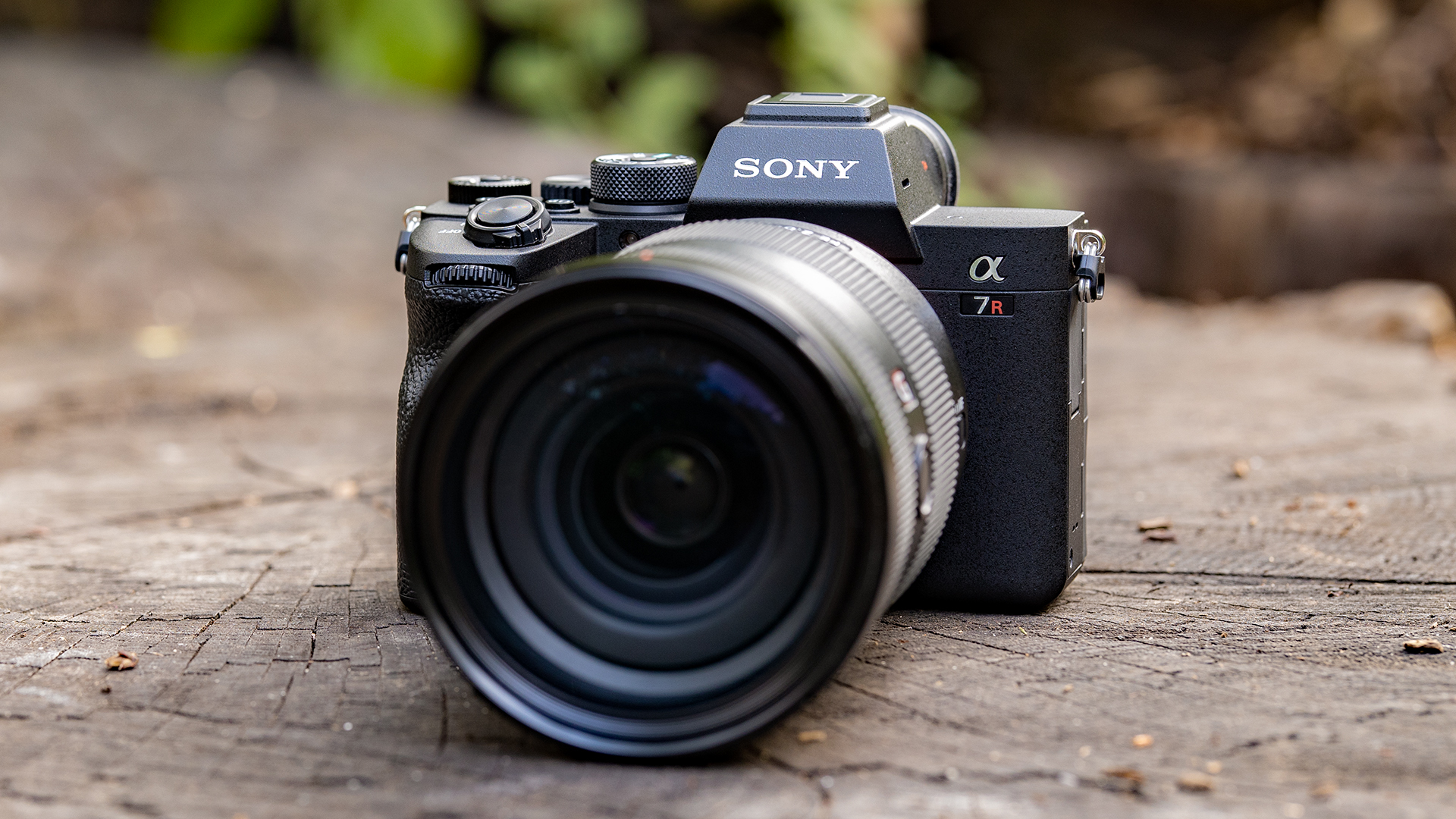
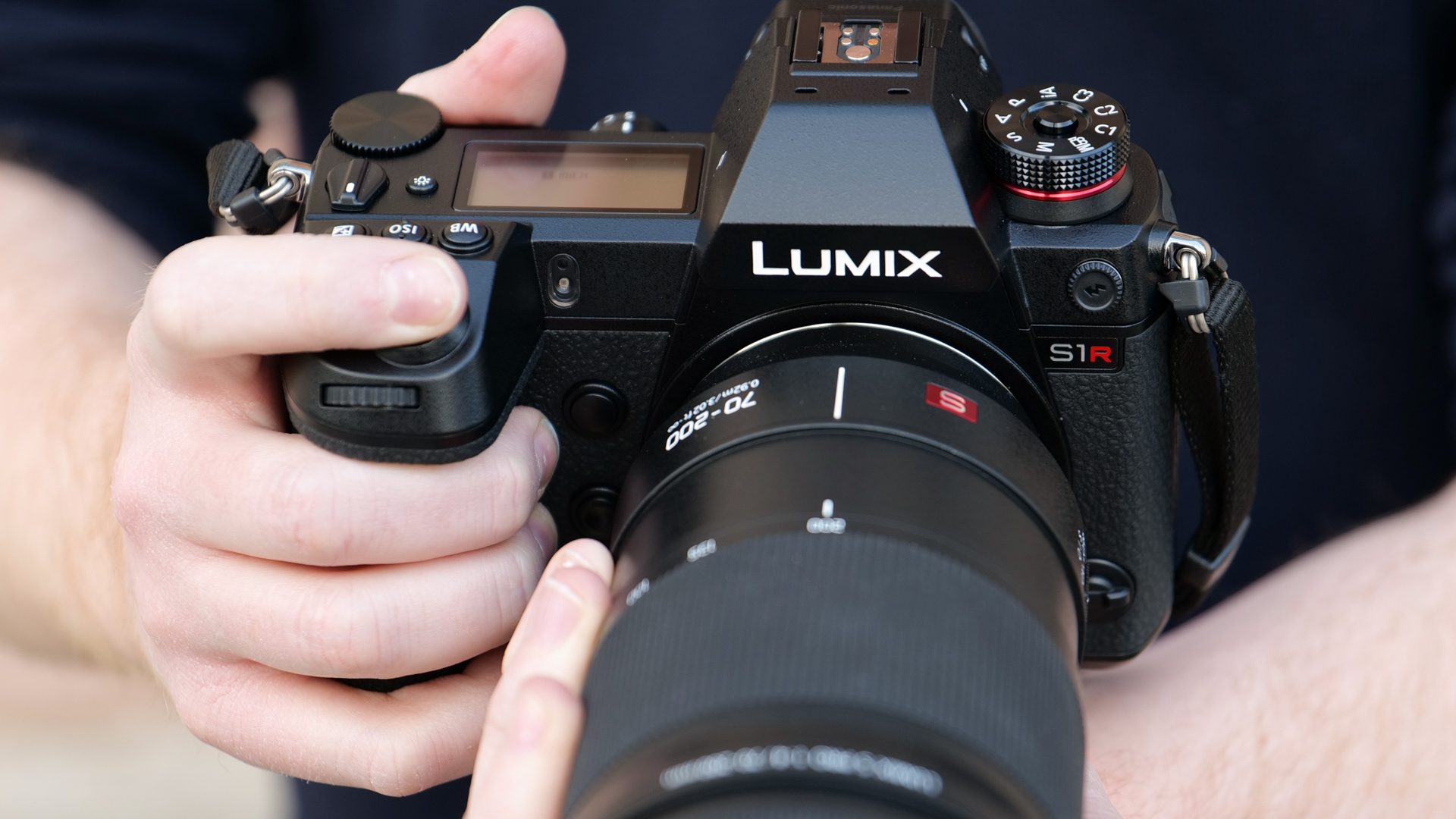
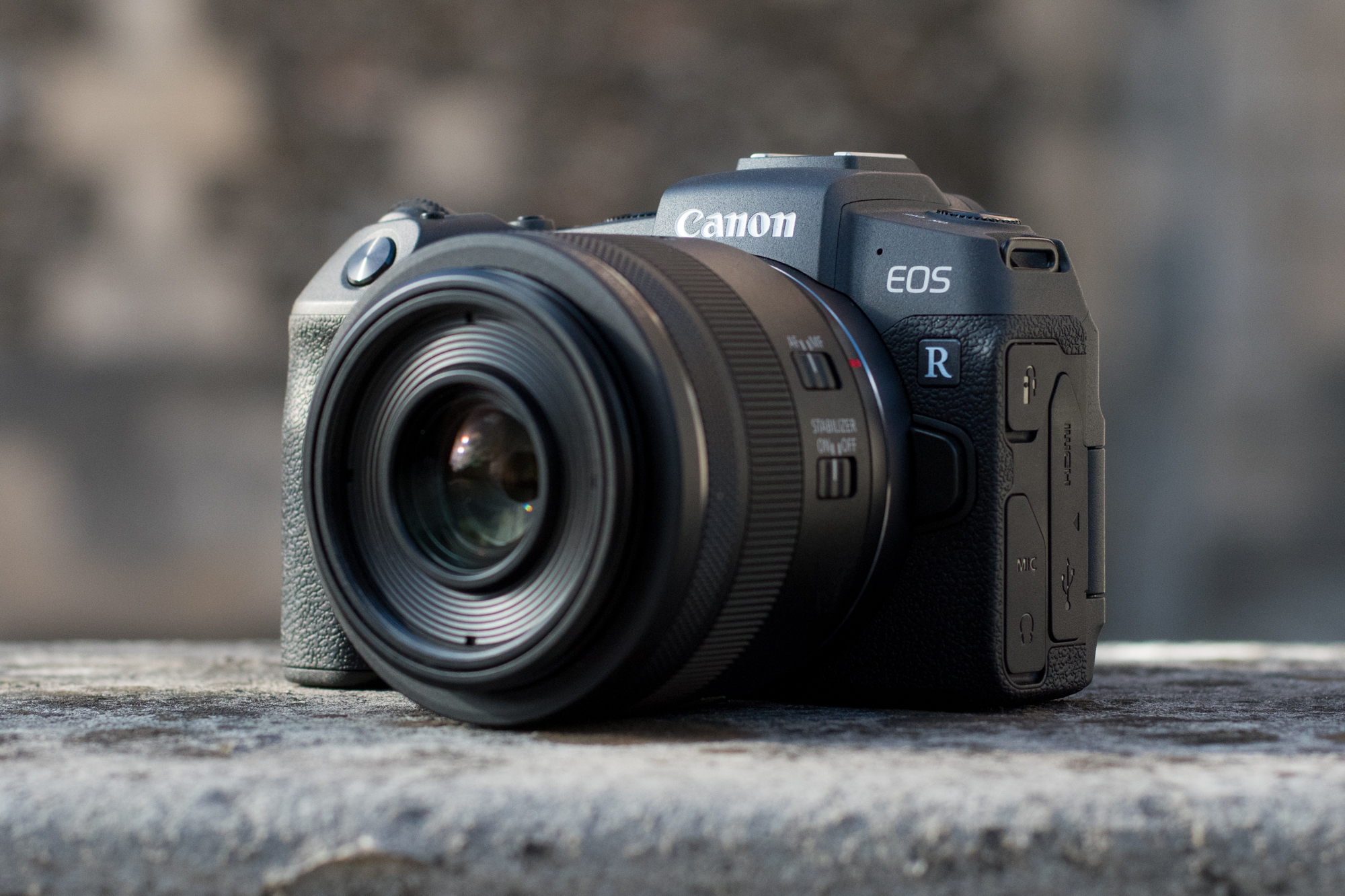
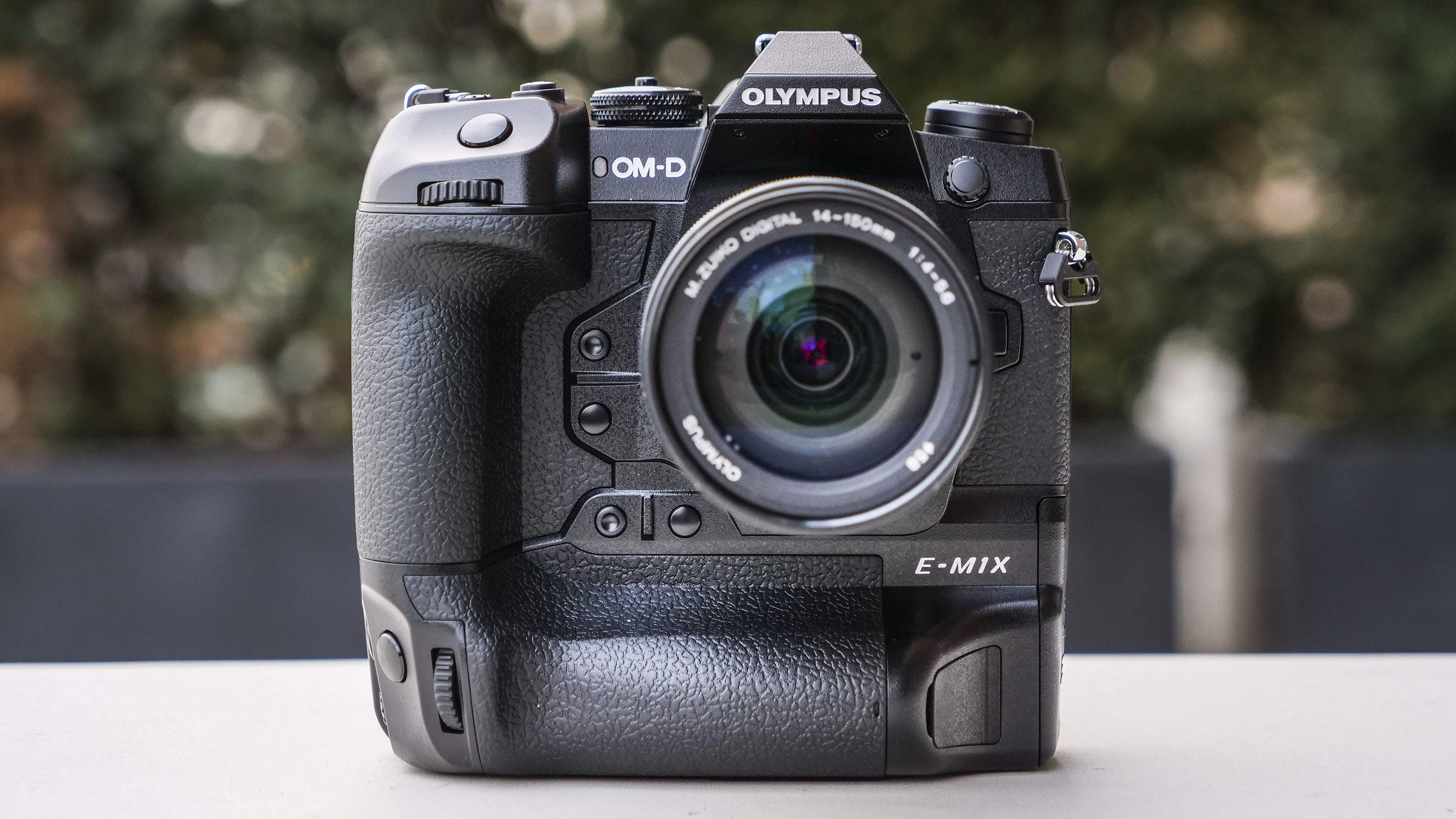
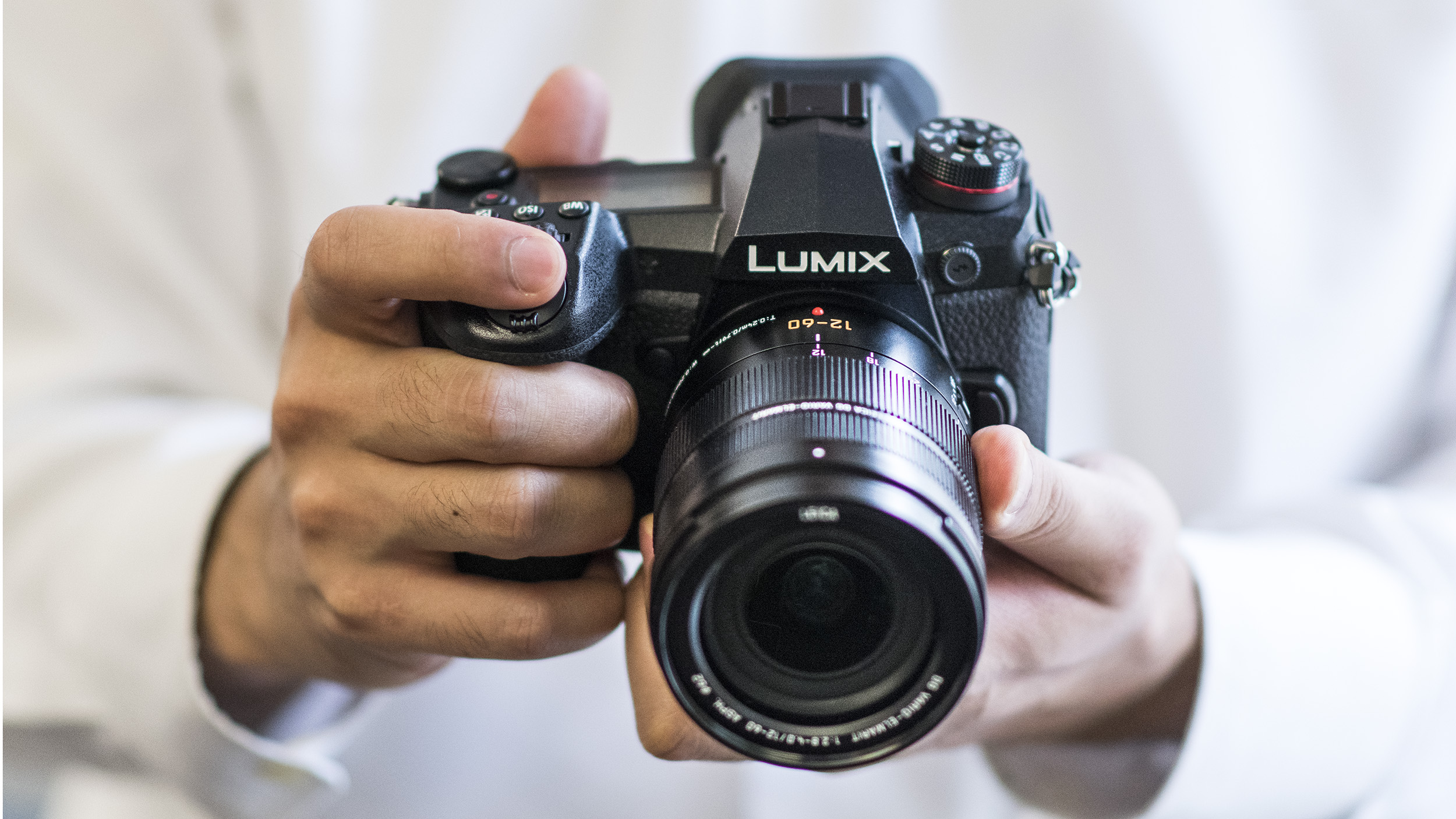
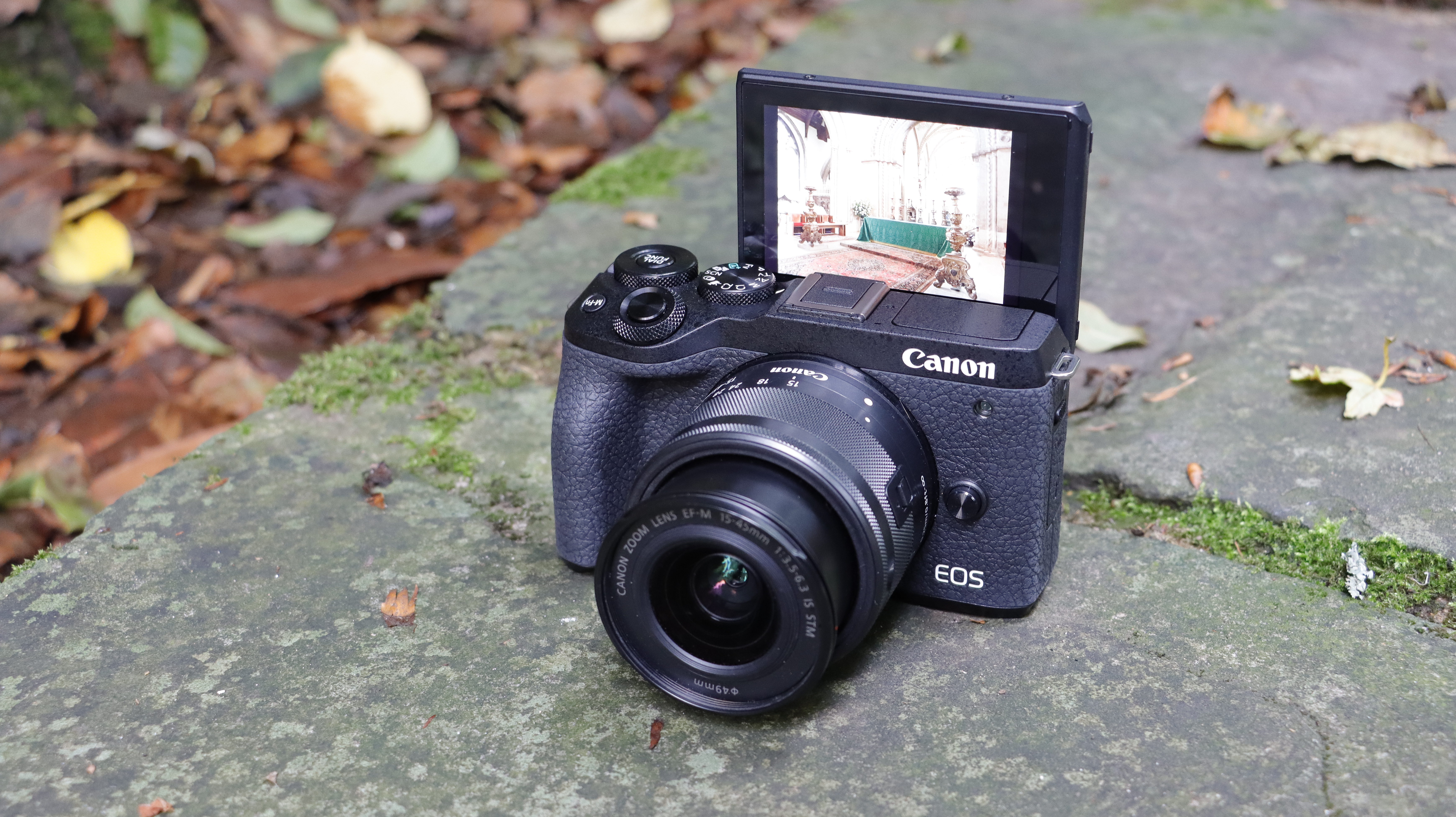
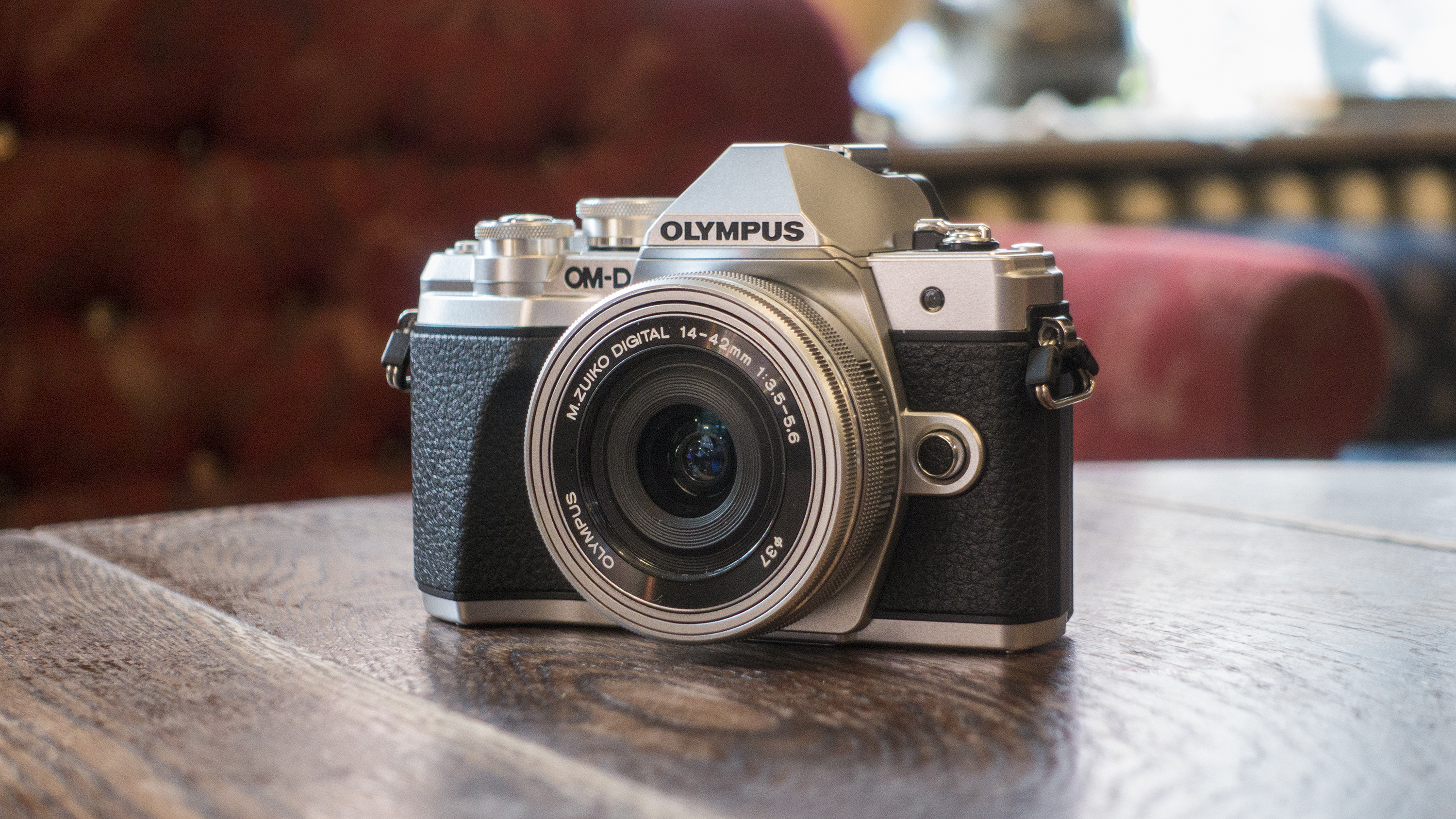
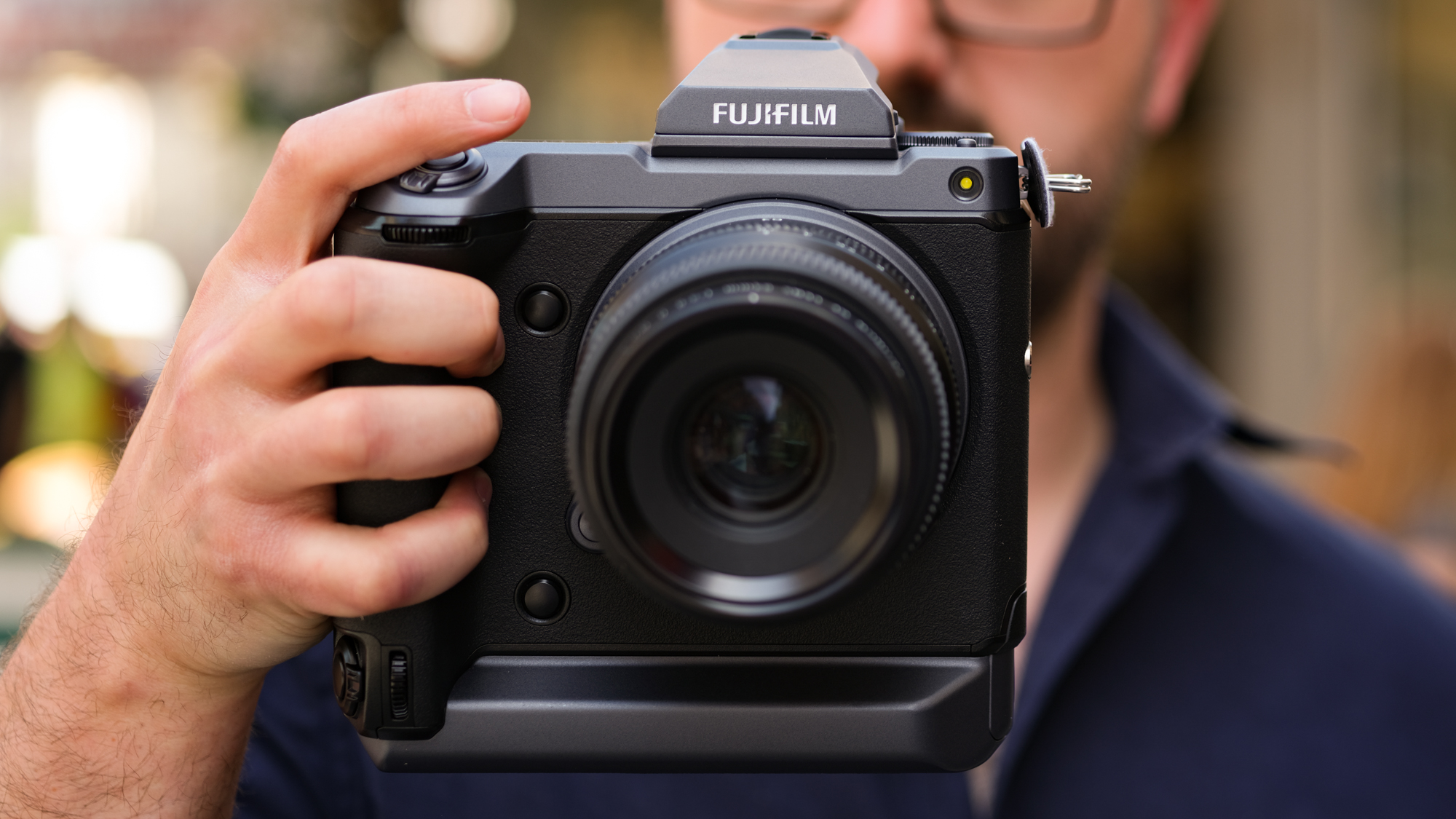
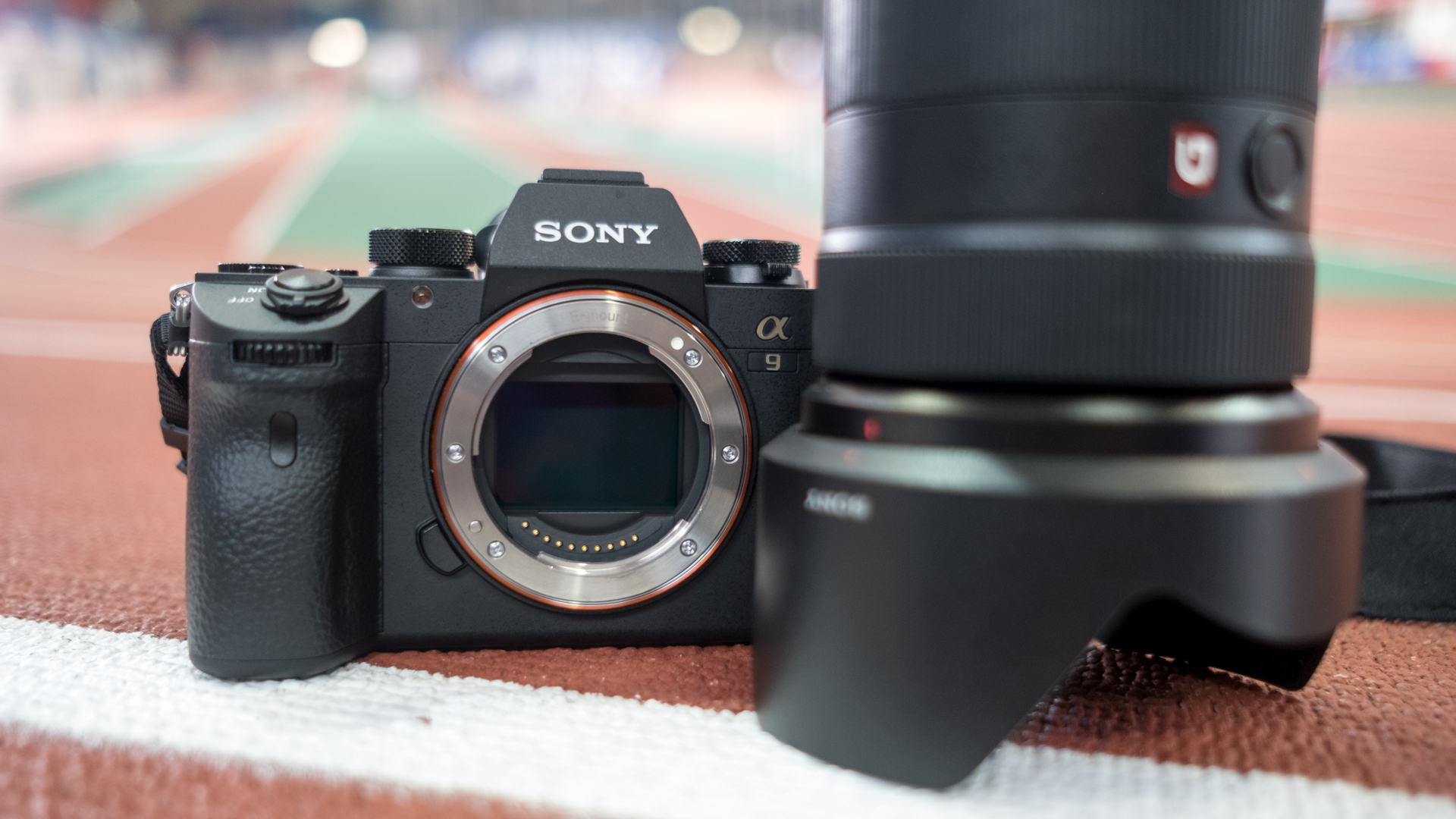

















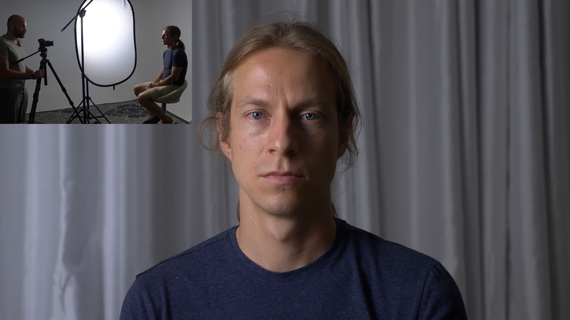

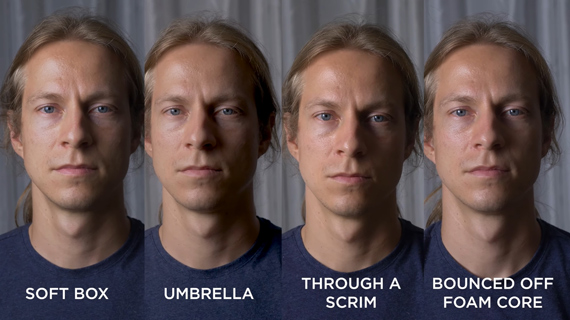
 How would you like to never
How would you like to never 